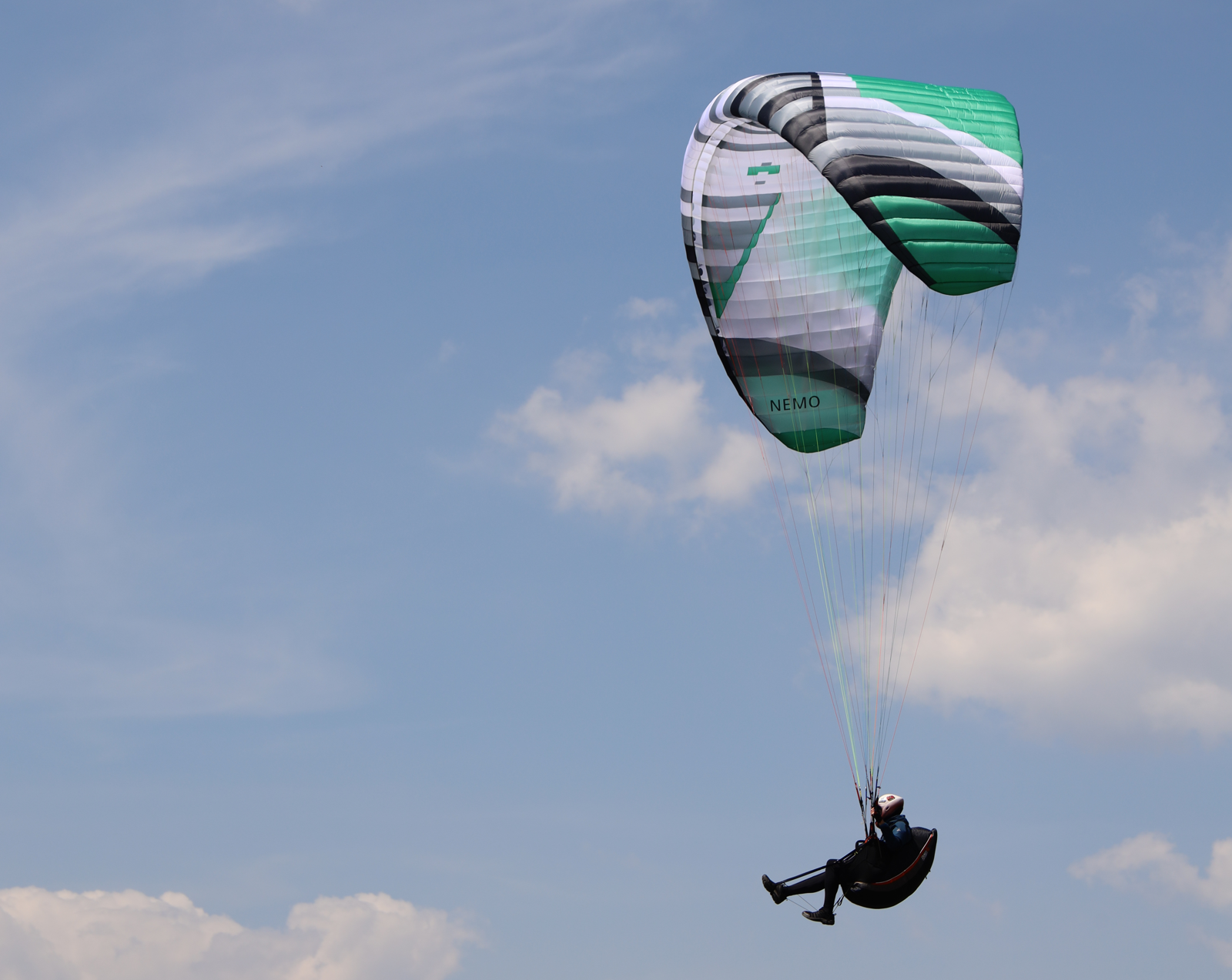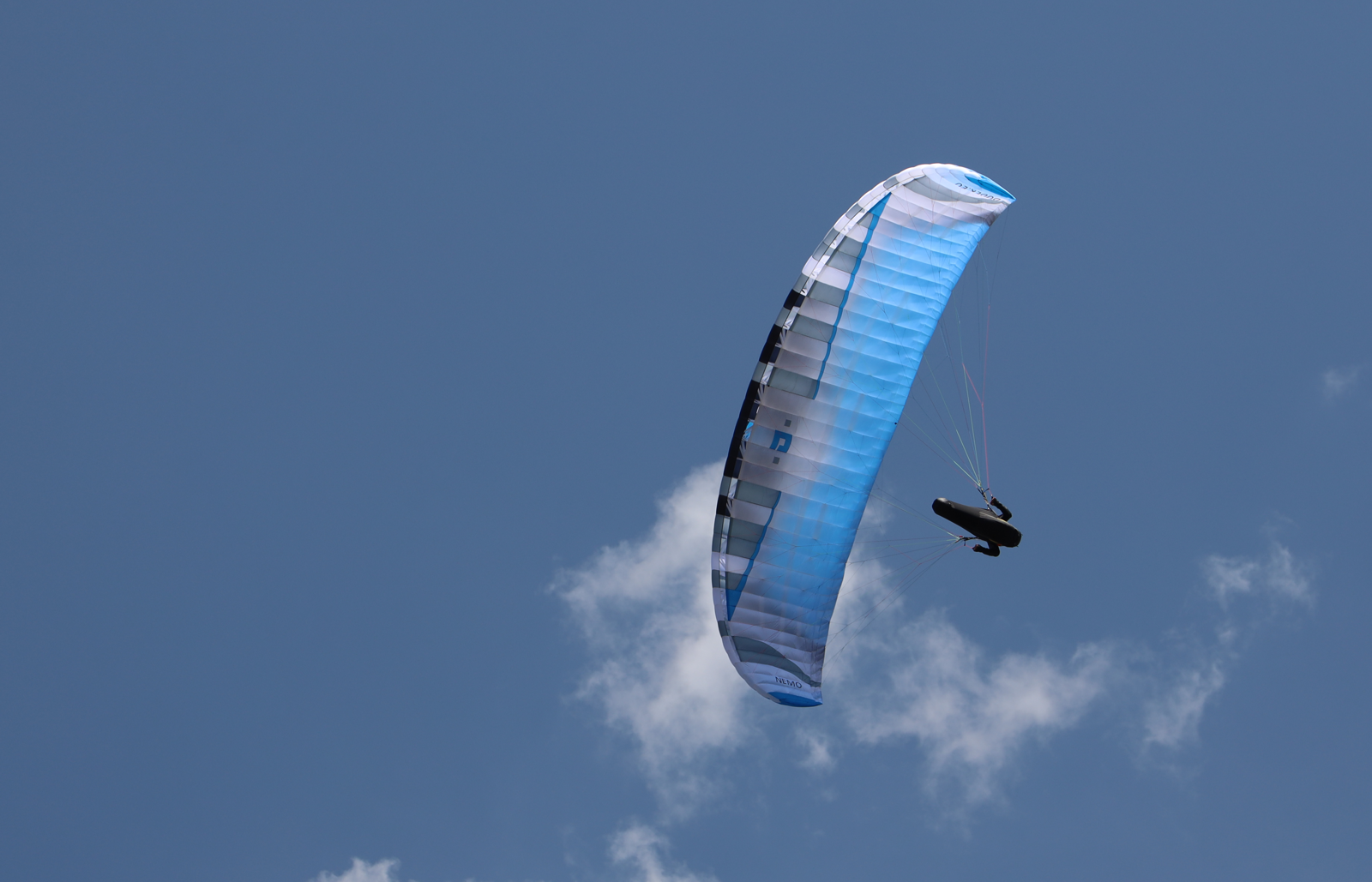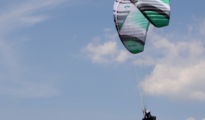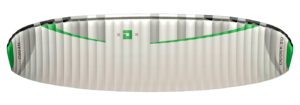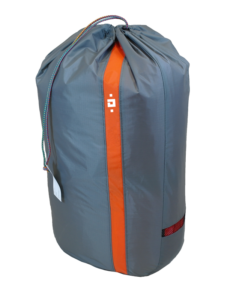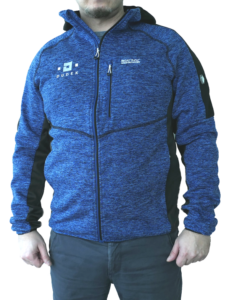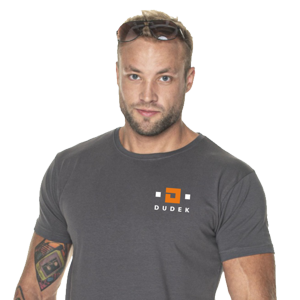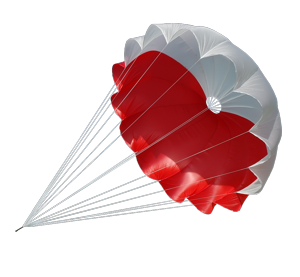Nemo 5
Nemo 5
The Nemo 5 is the latest version of our classic fun paraglider with even better performance, increased lateral stability and good maneuverability. Perfect for free, winch or powered flight - always at the highest safety level. Its capabilities will satisfy most pilots for a long time after completion of their initial training, while preparing them for further development.
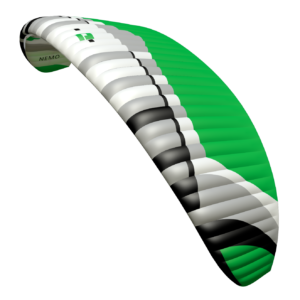
What’s new?
- the new internal structure is based on 3Y supports
- greater lateral stability
- thinner lines result in less drag
- new risers with ball-bearing pulleys
The changes in the new version of Nemo were aimed primarily at better in load distribution within the canopy.
By changing the curvature of the wing, we obtained greater lateral stability, while maintaining good maneuverability compared to other wings in this class.
For the main lines in A and B rows we use Dyneema lines. Thanks to their high bending resistance they conserve their strength longer than Technora ones, therefore can be thinner. The shrinkage effect of Dyneema has been minimized as these lines tend to be loaded the most. Thinner lines result in less drag which translates into better performance.
Design and purpose
Advanced software, combined with the design experience of Piotr Dudek, allowed to create a wing with excellent parameters, ideally suited to the needs of pilots learning to fly and continuing recreational flying. Nemo 5 is an EN A class paraglider with a modern design, good performance and high safety. Its operation is simple and the control is pleasant and effective. It is also designed for winching and even powered flying. Moto risers with a trimmer are suitable for powered flying.
The range of sizes is selected so that it is easy to complete a set of wings for the needs of flying schools.
Certification
All sizes have passed the certification procedures, receiving EN/LTF A category.
The EN and LTF certificates in ‘moto risers’ remain valid only when the trimmers are closed AND the trimmer loop is hooked on the main carabiner. In this way the risers stay fixed at their standard lengths and trimmer adjustment in flight is not possible.
When the trimmer straps become unlocked, making the trimmer adjustments possible, the canopy has an ULM (DGAC) flight attest.
Launch
The launch is pretty easy, with some practice it is not necessary to keep the risers up, as the canopy comes up on its own and waits for you in the nadir.
Steering
Nemo is a responsive and agile wing, smoothly reacting to all pilot’s actions. Steering is light and pleasant, with steering forces growing proportionally to brake input. Adding some weightshifting makes the turns faster and tighter.
Design solutions
- Three row canopy with rods (FET – FlexiEdge Technology)
- Inner reinforcements, structural rods and mini-ribs make sure that the aerofoil is precisely reproduced and stabilized in flight. Three-row rigging of reduced drag increases performance.
- Mini-ribs on the trailing edge make for slim canopy with minimal ballooning and improved airstream.
- CSG (Canopy Shape Guard)
- DOA (Dudek Optimized Airfoil)
Careful selection of the modern cloth and design ideas made sure the Nemo 4 will have great durability. All materials used come from numbered batches, and each production stage can be verified down to identification of individual worker and supervisor.
Main lines are coded with colours according to recent PMA recommendations. More about this initiative on the Association website.
Design solutions, technologies and other functionalities are listed below in the Technologies section.
Construction solutions
Technologies, concepts
Risers functionality
USED SOLUTIONS
Parameters
Weight ranges
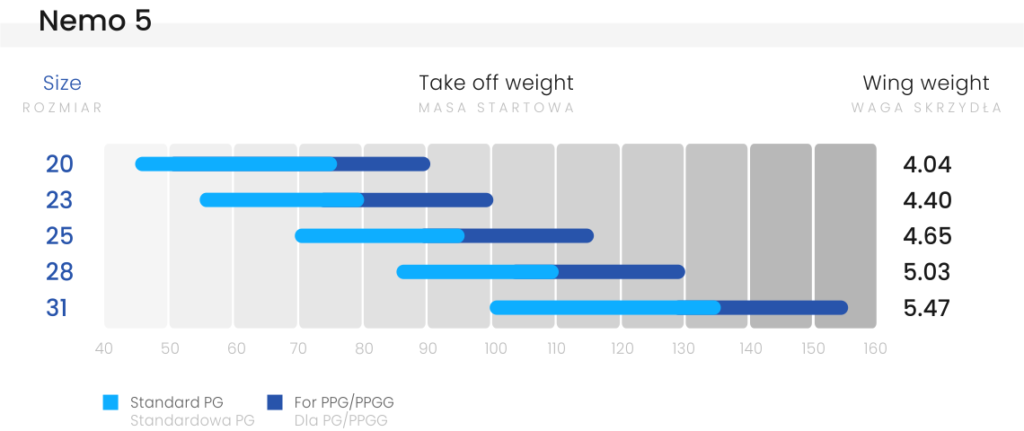
Technical data
| Nemo 5 – size | 20 | 23 | 25 | 28 | 31 |
| Certificate EN/LTF | Yes | Yes | Yes | Yes | Yes |
| Approval – identification ULM | Yes | Yes | Yes | Yes | Yes |
| Number of cells | 42 | 42 | 42 | 42 | 42 |
| Surface flat [m2] | 20.60 | 23.00 | 25.30 | 28.00 | 31.00 |
| Surface projected [m2] | 17.21 | 19.22 | 21.14 | 23.40 | 25.90 |
| Wingspan flat [m] | 10.20 | 10.78 | 11.30 | 11.89 | 12.51 |
| Wingspan projected [m] | 7.97 | 8.42 | 8.83 | 9.29 | 9.78 |
| Aspect ratio flat/projected | 5.05 / 3.69 | ||||
| Speed* [km/h] | trym = 37 +/- 2 ; max = 47 (+/- 2 km/h)* | ||||
| Longest chord [mm] | 2498 | 2640 | 2760 | 2913 | 3065 |
| Shortest chord [mm] | 719 | 760 | 797 | 839 | 883 |
| Lines length (incl. risers) [m] | 6.12 | 6.47 | 6.78 | 7.13 | 7.51 |
| Total lines length [m] | 217.91 | 230.76 | 242.47 | 255.55 | 269.37 |
| Canopy weight [kg] | 4.04 | 4.40 | 4.65 | 5.03 | 5.47 |
| Take-off weight PG** [kg] | 45-75** | 55-80** | 70-95** | 85-110** | 100-135** |
| Take-off weight PPG*** [kg] | 45-90*** | 55-100*** | 70-115*** | 85-130*** | 100-155*** |
| Maximum symmetric control travel at maximum weight in flight [cm] |
55 | 55 | 60 | 60 | 65 |
| Distance between risers [cm] | 40 | 42 | 44 | 46 | 48 |
| Lines | Technora: 050/090/140/190/280 ; Dyneema: 180/200 | ||||
| Cloth | Porcher 32 & 38 g/m2 & Dominico tex 34 g/m2 Pocher Hard 40 g/m2, SR Scrim, SR Laminate 180 g/m2 |
||||
* Speeds are given as estimated for the middle wing size and the middle of its weight range. These speeds can vary within +/- 2 km/h depending on the size, take-off weight and additional factors such as air pressure and temperature.
** The basic rule is to choose the size of the wing so that the take-off weight is in the middle of the weight range. Less weight on the wing (lower range take-off weight) can be considered for foot take-off, when flying in calmer conditions, or when we want to improve economy. More experienced pilots who want to fly dynamically, have higher speed and fly in more demanding wind conditions can consider greater wing loading (take-off weight in the upper range). This is a common option among trike users.
*** Note – the canopy significantly changes its behavior with increasing wing loading. The greater the loads, the greater skill and concentration of the pilot are required.


